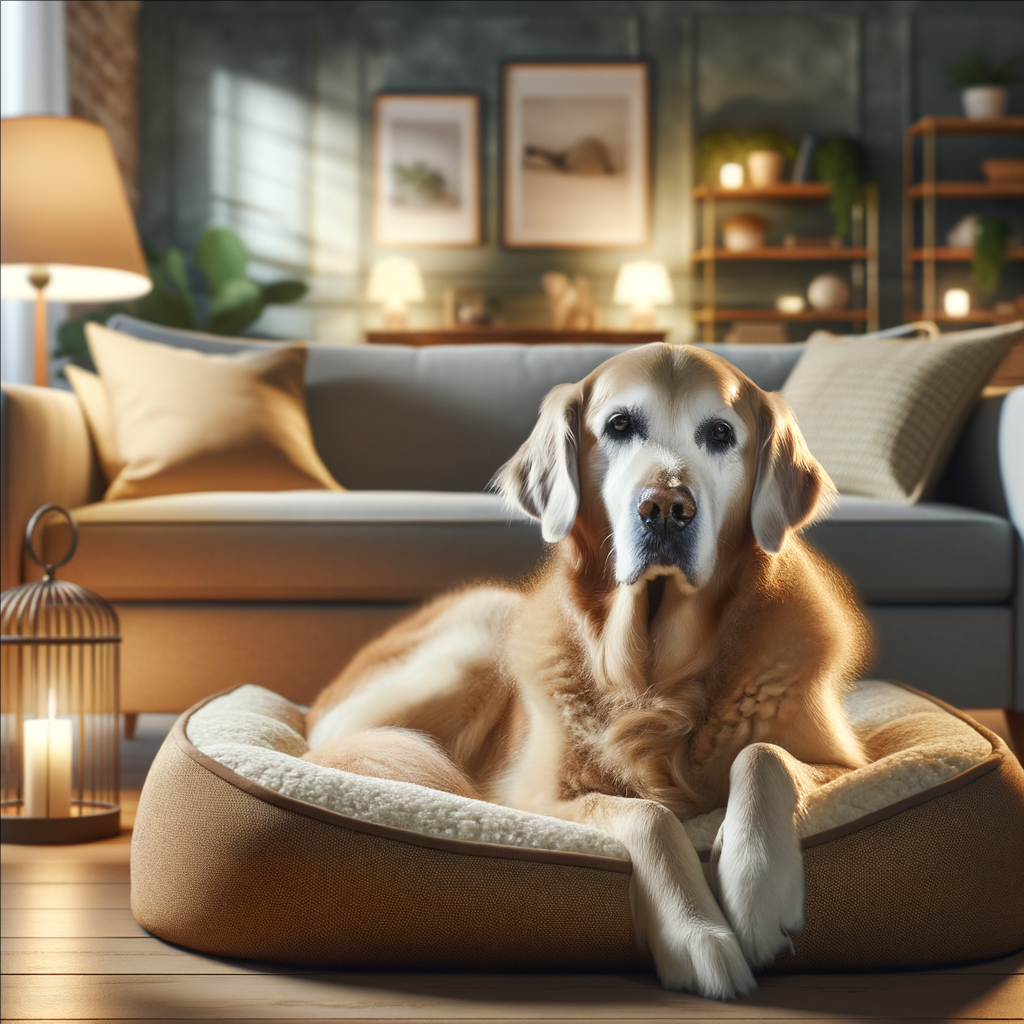How to Prepare Your Home for a Newly Adopted Rescue Dog
Adopting a rescue dog is not just about providing a home for a furry friend; it’s about transforming lives, both yours and theirs. It’s an incredibly rewarding experience, filled with unconditional love, companionship, and countless adventures. However, it’s essential to understand that this new relationship also comes with responsibilities. Before you bring your precious pup home, you need to ensure that your living space is ready for them. In this blog post, we’ll explore essential steps to prepare your home and create a safe, welcoming environment for your newly adopted rescue dog.
1. Create a Safe Space
Before your new pet steps through the door, it’s important to establish a dedicated space where they can feel secure and comfortable. This area will serve as their sanctuary while they adjust to their new surroundings.
- Choose the Right Location: Opt for a quiet corner in your home away from high traffic areas. A cozy nook with minimal distractions will help your rescue dog feel safe as they settle in, allowing them to acclimate to their new environment without being overwhelmed.
- Provide Comfort Items: Equip this space with essentials such as:
– A soft bed or blanket for security.
– Toys that cater to their chewing instincts or promote play.
– Food and water bowls to keep them hydrated and comfortable.
– Treats to reward good behavior.
Moreover, consider using baby gates or playpens if you have other pets or small children at home. These can help your new dog have a safe zone while still being connected to family activities.
2. Dog-Proof Your Home
Much like preparing for a toddler’s arrival, dog-proofing your home is crucial when adopting any canine companion, especially one who may be unfamiliar with household environments.
- Remove Hazards: Scan your home for items that could pose risks to a curious pup or a dog who might not know better. Common items to look for include:
– Electrical cords that can be chewed.
– Toxic plants, such as lilies or certain types of ivy.
– Cleaning supplies stored under sinks that can be dangerous if ingested.
– Fragile items that could get knocked over in excitement.
- Secure Trash Bins: Dogs are naturally curious creatures. Make it a point to ensure that trash cans are covered or kept behind closed doors to prevent them from rummaging through potentially harmful materials.
Additionally, consider putting away shoes and clothing items until you’re sure how your new pup will behave around personal belongings.
3. Stock Up on Supplies
Having all necessary supplies on hand before bringing your rescue dog home will save you time and reduce stress during those first few days together.
- Essential Supplies Include:
– High-quality food tailored to their age and size.
– Non-slip food and water bowls.
– A leash and collar (or harness).
– Identification tags with your contact information.
– A crate if you plan to use crate training.
Investing in proper grooming tools based on your dog’s coat type, as well as basic health care items like flea prevention treatments and nail clippers, is equally important.
Don’t Forget About Toys! Engaging toys are not just for amusement; they provide much-needed mental stimulation, which helps alleviate boredom. This can be particularly useful if you’re busy during work hours.
4. Establish Routines Early On
Dogs thrive on routine. Establishing consistent schedules early in their transition can foster feelings of security while helping reinforce good behavior patterns over time.
- Feeding Schedule: Set specific times each day for meals. This helps them learn when it’s mealtime versus snack time and also aids in digestion.
- Walks and Bathroom Breaks: Regular bathroom breaks should occur after meals or when waking up—this encourages proper bathroom habits whether indoors or outdoors.
Incorporating daily exercise into your dog’s routine promotes physical fitness and creates lasting bonds. Start with short walks to gauge their energy levels, and gradually increase the duration as they get comfortable with their new surroundings.
5. Gradually Introduce Family Members & Other Pets
When bringing home a new dog, thoughtfully introducing family members, including existing pets, is key. Gradual introductions minimize stress and create a more harmonious environment.
- Controlled Introductions: Allow your pets to sniff each other through barriers, like baby gates, before progressing to face-to-face meetings when everyone seems calm.
Patience plays a vital role in this process; giving everyone ample time to acclimate prevents overwhelming anyone involved.
Conclusion
Preparing your home for a newly adopted rescue dog involves careful planning but ultimately leads to the creation of lasting bonds filled with joy. Following these steps—from designating safe spaces and ensuring your home is hazard-free to establishing routines and mindful introductions—will contribute positively to a smoother transition, fostering happy lives shared together.
Now that you’re equipped with these essential tips, are you ready to welcome a rescue dog into your home? Share your thoughts or any additional tips you have in the comments! And if you found this post helpful, we’d love it if you shared it with fellow dog lovers! Your next furry best friend is waiting for you! 🐾
news via inbox
Nulla turp dis cursus. Integer liberos euismod pretium faucibua





